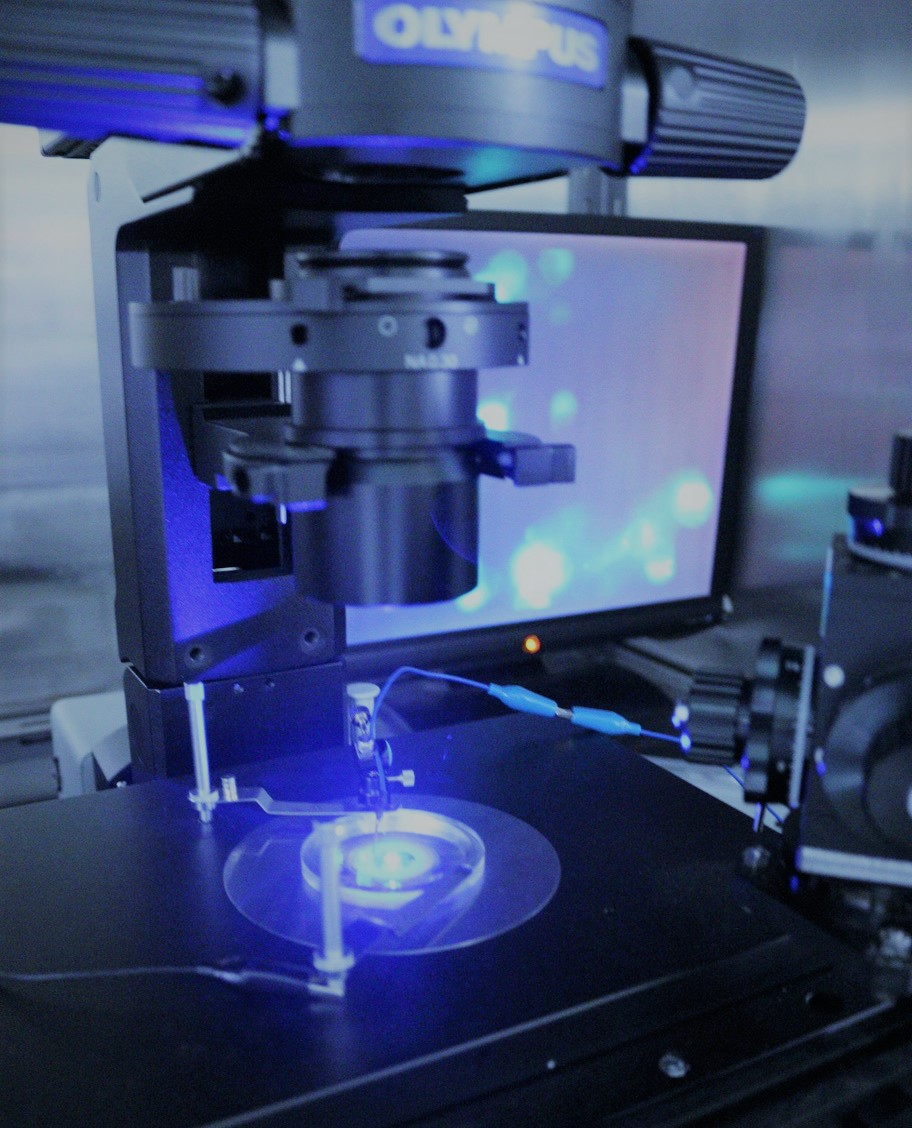Optogenetics

Optogenetics is an exhilarating and transformative frontier in both life sciences and medicine, offering unprecedented opportunities to manipulate biological systems with remarkable precision. As a rapidly advancing field, it has begun to revolutionize our understanding of cellular processes and holds the promise of groundbreaking medical applications. By harnessing light-responsive proteins, optogenetics allows us to precisely control cellular functions by applying light in a highly controlled manner. This ability to manipulate specific cellular pathways is nothing short of a game-changer, particularly in areas like neuroscience, where it is unlocking the mysteries of complex neural circuits and providing innovative solutions for treating neurodegenerative diseases. Furthermore, the potential applications of this technology are rapidly expanding, ranging from cardiac muscle regulation to immune cell activation and metabolic disorders, offering new avenues for treatment that were once thought impossible.
The inherent advantages of optogenetics are nothing less than extraordinary:
• High spatiotemporal resolution
It enables the manipulation of cellular functions with millisecond-scale temporal precision and spatial control at the level of individual cells, offering a level of detail that traditional techniques cannot achieve.
• Reversibility and on/off control
The ability to switch cellular functions on or off instantaneously through light exposure provides a unique and powerful means of controlling biological systems in real-time.
• High specificity and low invasiveness
By selectively targeting and modulating specific cells, optogenetics minimizes off-target effects, ensuring that therapeutic interventions are both highly effective and safe.

In recent years, optogenetic tools have grown more sophisticated, with the development of advanced light-responsive proteins that extend the range of applications even further. Red-shifted channelrhodopsins such as ChrimsonR and RybyACR, for instance, offer superior tissue penetration, making them ideal for deep-tissue applications. Coupled with cutting-edge technologies like holographic light stimulation and two-photon excitation, these tools allow for unparalleled precision in controlling biological systems.
The potential of optogenetics extends far beyond basic neuroscience and holds transformative possibilities across a wide array of medical fields. In cardiology, optogenetics is paving the way for light-controlled pacemakers that could revolutionize how we treat heart diseases. In oncology, the ability to activate or inhibit immune cells with light offers a new dimension in cancer immunotherapy. Moreover, optogenetics is poised to redefine the treatment of metabolic diseases by enabling real-time modulation of cellular pathways that regulate metabolism.

Particularly exciting is the promise of optogenetics in the treatment of retinal degenerative diseases. Retinal degeneration leads to the irreversible loss of photoreceptor cells, which causes progressive vision loss. However, optogenetic approaches offer the unprecedented potential to restore visual function by reactivating light sensitivity in non-functional photoreceptors. The introduction of red-shifted rhodopsins, such as ChrimsonR and RxR, enables the precise stimulation of deeper retinal layers, offering hope for partial vision restoration in patients with conditions such as retinitis pigmentosa. This innovative approach could ultimately transform the way we treat blindness, providing a means to regain functional vision in patients previously thought to have no options left.
At our laboratory, we are pushing the boundaries of optogenetic research. We are dedicated to developing the next generation of optogenetic tools with enhanced performance, conducting in-depth analyses of light-sensitive proteins such as channelrhodopsins and ion pump-type rhodopsins. By unlocking the molecular mechanisms of novel rhodopsins like GtCCR4 and KnChR, we are pioneering tools that enable even greater precision in controlling cellular functions. We are not just developing technology—we are charting a path toward a new era in medical treatment, where optogenetics holds the key to revolutionizing therapies for retinal degeneration and a wide range of other diseases.
The future of optogenetics is incredibly exciting, and we are driven by the belief that these advancements will open up new realms of possibility for therapeutic intervention. As we continue to push the frontiers of this transformative technology, we envision a future where optogenetics plays a central role in curing previously untreatable diseases and reshaping the landscape of modern medicine.
Development of Gene Therapy for Visual Regeneration Using Optogenetics

In our laboratory, we are working on the development of new channelrhodopsins as an innovative approach to visual regeneration for the treatment of retinitis pigmentosa. Specifically, we focus on elucidating the molecular properties of novel channelrhodopsins and are using these tools to develop techniques aimed at restoring visual function in patients with retinitis pigmentosa. This research leverages optogenetic technology and is steadily advancing toward practical applications, with the goal of clinical trials and commercialization as new treatments for patients with retinitis pigmentosa.
In the future, we aim to make the channelrhodopsin technology we have developed a breakthrough in the field of visual regeneration, offering new hope to many patients suffering from retinitis pigmentosa. By maximizing the potential of optogenetics, we are dedicated to realizing this advanced therapeutic approach in clinical settings through ongoing innovative research.